By Leah Linhares
Photography: Courtesy Sarah Monacchi &Andrea
Pelino
A team of designers collaborate
to give children suffering from neurological impairments a second chance at
life...
Five designers: Elisa
Castelletta , Giovanni Dipilato, Sara Monacchi, Andrea Pelino and Luca Toscano
join forces with Milan-based rehabilitation centre, TOG (together to go)
Foundation to make life a better place for kids with nervous system pathologies
or injuries.
Children suffering from
such disorders are unable to write or draw due to the distortion of their hand
postures and often, difficult-to-pry-open fists. Glifo is designed to help
these special children learn and grow by facilitating self-esteem and
development through writing and drawing.
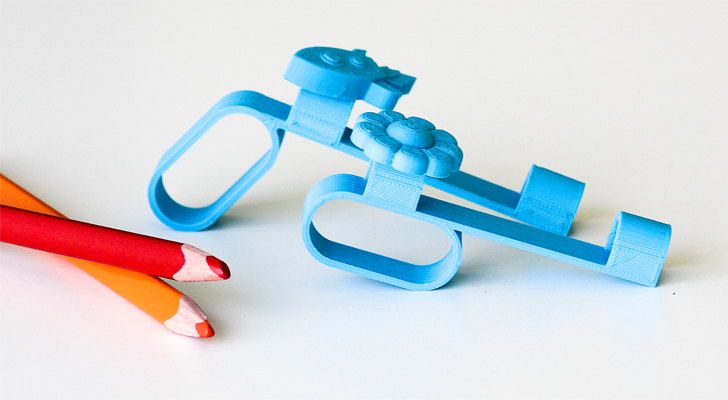 |
| Glifo |
Studying the different
needs of each child, the designers have developed a series of objects in tandem
with their special needs. So we have three sets of handles: Gee, Lee, Eff and a
tablet “Oow”. Each piece aims to be replicable, easy to clean and carry,
interchangeable and comfortable to use. Consequently, Glifo is realised through
3D printing technology, where each handle is composed of different parts, which
can be easily assembled by printing them through a 3D printer. This allows creating
3D files that can be customized, based on the age and special needs of the
child.
 |
| Gee |
The first of the three gliphs,
Gee admits three fingers and its shape comes from the necessity to let the pen
have its largest angle, considering the position of the hand on paper.
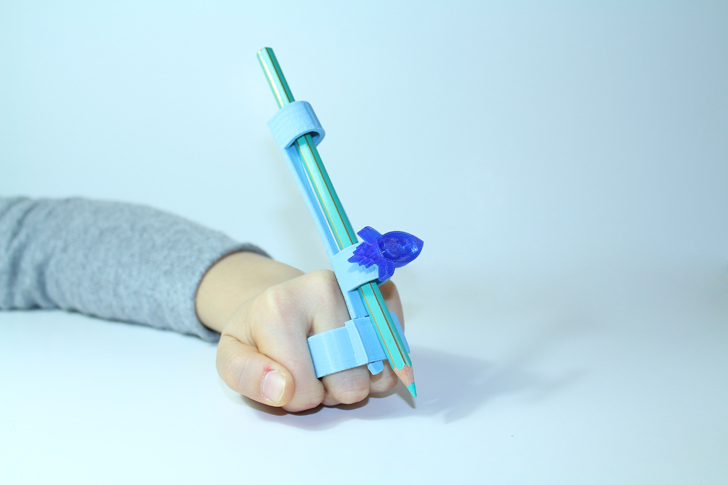 |
| Eff |
Eff is the other gliph that also admits three
fingers. Its shape stems from the necessity to always make the pen
perpendicular to the paper.
 |
| Lee |
The third gliph, Lee admits two/ three fingers and can
be printed from a combination of two pieces, which are printed individually.
Its shape comes from the necessity to make the pen always point on the paper,
working alongside the hand movement.
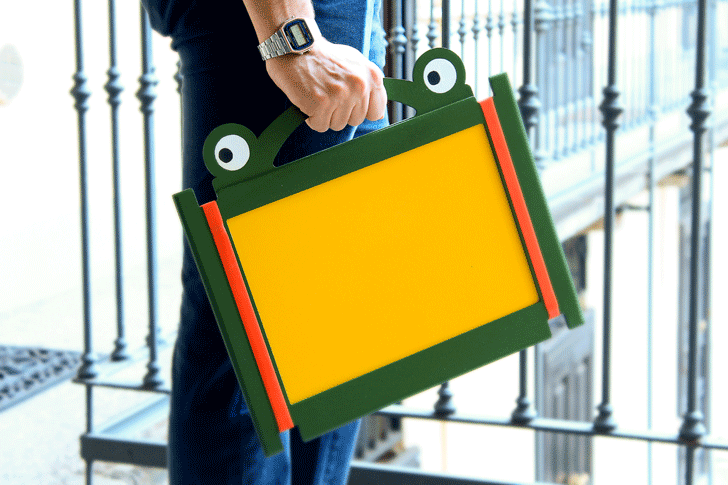 |
| Oow |
The last component of the
Glifo project is Oow; and like every form of primitive writing, it is a basic
support. Ingeniously designed, this simple looking slate-like board can be
clamped on any surface, grips the paper into position using rubber bands and is
portable.
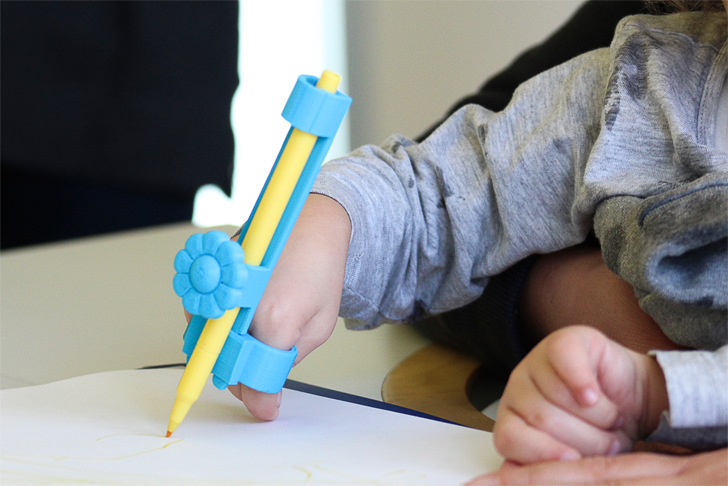 |
| . |
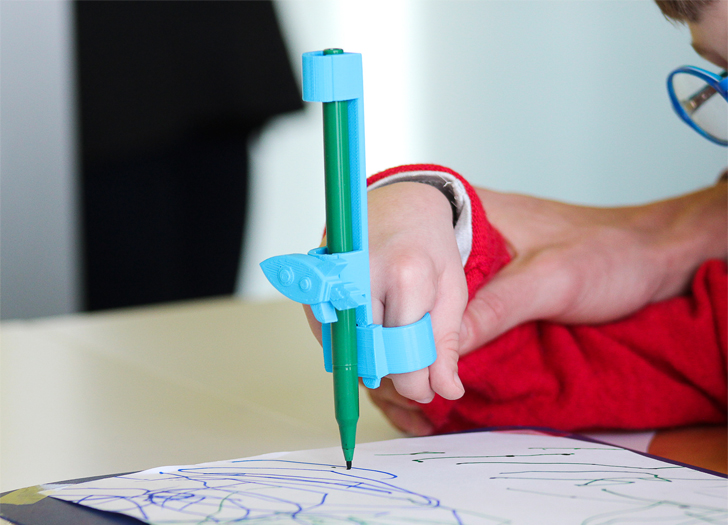 |
| . |
The
inherent plus point of the design of these simple but defined rehab tools is
that they are colourful and vibrant with kiddie motifs and an instantaneous attraction
for the little users.

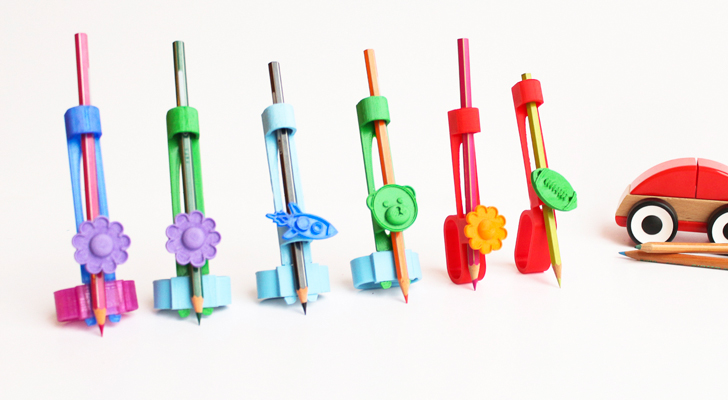
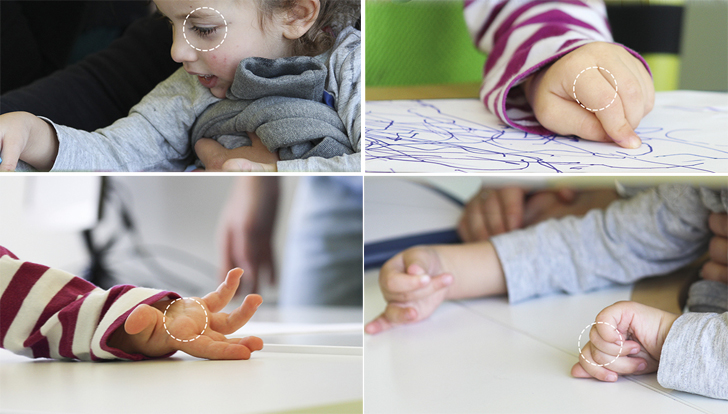
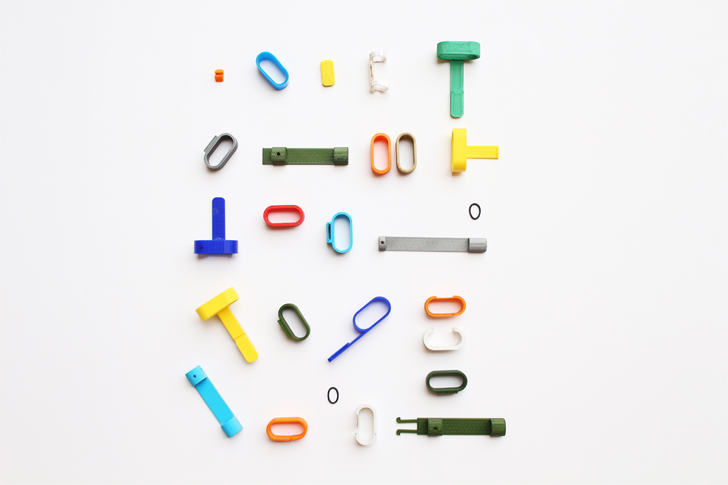
Dear author and readers! How / where can I buy this product? Can you help me?
ReplyDelete